| Weight | 1 lbs |
|---|---|
| Dimensions | 9 × 5 × 2 in |
| host | rabbit |
| isotype | IgG |
| clonality | polyclonal |
| concentration | 1 mg/mL |
| applications | ICC/IF, WB |
| reactivity | DR5 |
| available sizes | 100 µg |
rabbit anti-DR5 polyclonal antibody 9289
$445.00
Antibody summary
- Rabbit polyclonal to DR5
- Suitable for: ELISA,WB,IHC-P,IF
- Isotype: IgG
- 100 µg
rabbit anti-DR5 polyclonal antibody 9289
| antibody |
|---|
| Tested applications WB,IHC,IHC,ICC/IF,ELISA |
| Recommended dilutions Immunoblotting : use at 2ug/mL. Immunocytochemistry: use at 5ug/mL. Positive control: Whole cell lysate from HeLa cells or K562 cells. These are recommended concentrations. Enduser should determine optimal concentrations for their applications. |
| Immunogen Peptide corresponding to aa 388- 407 of human DR5 precursor (accession no. AF012535). |
| Size and concentration 100µg and lot specific |
| Form liquid |
| Storage Instructions This antibody is stable for at least one (1) year at -20°C. Avoid multiple freeze-thaw cycles. |
| Storage buffer PBS, pH 7.4. |
| Purity peptide affinity purification |
| Clonality polyclonal |
| Isotype IgG |
| Compatible secondaries goat anti-rabbit IgG, H&L chain specific, peroxidase conjugated, conjugated polyclonal antibody 9512 goat anti-rabbit IgG, H&L chain specific, biotin conjugated polyclonal antibody 2079 goat anti-rabbit IgG, H&L chain specific, FITC conjugated polyclonal antibody 7863 goat anti-rabbit IgG, H&L chain specific, Cross Absorbed polyclonal antibody 2371 goat anti-rabbit IgG, H&L chain specific, biotin conjugated polyclonal antibody, crossabsorbed 1715 goat anti-rabbit IgG, H&L chain specific, FITC conjugated polyclonal antibody, crossabsorbed 1720 |
| Isotype control Rabbit polyclonal - Isotype Control |
| target relevance |
|---|
| Protein names Tumor necrosis factor receptor superfamily member 10B (Death receptor 5) (TNF-related apoptosis-inducing ligand receptor 2) (TRAIL receptor 2) (TRAIL-R2) (CD antigen CD262) |
| Gene names TNFRSF10B,TNFRSF10B DR5 KILLER TRAILR2 TRICK2 ZTNFR9 UNQ160/PRO186 |
| Mass 47878Da |
| Function FUNCTION: Receptor for the cytotoxic ligand TNFSF10/TRAIL (PubMed:10549288). The adapter molecule FADD recruits caspase-8 to the activated receptor. The resulting death-inducing signaling complex (DISC) performs caspase-8 proteolytic activation which initiates the subsequent cascade of caspases (aspartate-specific cysteine proteases) mediating apoptosis. Promotes the activation of NF-kappa-B. Essential for ER stress-induced apoptosis. {ECO:0000269|PubMed:10542098, ECO:0000269|PubMed:10549288, ECO:0000269|PubMed:15322075}. |
| Subellular location SUBCELLULAR LOCATION: Membrane; Single-pass type I membrane protein. |
| Tissues TISSUE SPECIFICITY: Widely expressed in adult and fetal tissues; very highly expressed in tumor cell lines such as HeLaS3, K-562, HL-60, SW480, A-549 and G-361; highly expressed in heart, peripheral blood lymphocytes, liver, pancreas, spleen, thymus, prostate, ovary, uterus, placenta, testis, esophagus, stomach and throughout the intestinal tract; not detectable in brain. |
| Structure SUBUNIT: Monomer (PubMed:10549288). Can interact with TRADD and RIPK1. Interacts with HCMV protein UL141; this interaction prevents TNFRSF10B cell surface expression. Two TNFRSF10B monomers interact with a UL141 homodimer. Three TNFRSF10B molecules interact with TNFSF10 homotrimer (PubMed:10549288). In the absence of stimulation, interacts with BIRC2, DDX3X and GSK3B. The interaction with BIRC2 and DDX3X is further enhanced upon receptor stimulation and accompanied by DDX3X and BIRC2 cleavage (PubMed:18846110). {ECO:0000269|PubMed:10549288, ECO:0000269|PubMed:18846110, ECO:0000269|PubMed:23498957, ECO:0000269|PubMed:23555243}. |
| Post-translational modification PTM: (Microbial infection) Glycosylated on Arg residue by S.typhimurium protein Ssek3. {ECO:0000269|PubMed:30902834}. |
| Involvement in disease DISEASE: Squamous cell carcinoma of the head and neck (HNSCC) [MIM:275355]: A non-melanoma skin cancer affecting the head and neck. The hallmark of cutaneous SCC is malignant transformation of normal epidermal keratinocytes. Note=The disease may be caused by variants affecting the gene represented in this entry. |
| Target Relevance information above includes information from UniProt accession: O14763 |
| The UniProt Consortium |
Data
Publications
| pmid | title | authors | citation |
|---|---|---|---|
| We haven't added any publications to our database yet. | |||
Protocols
| relevant to this product |
|---|
| Western blot IHC ICC |
Documents
| # | SDS | Certificate | |
|---|---|---|---|
| Please enter your product and batch number here to retrieve product datasheet, SDS, and QC information. | |||
Only logged in customers who have purchased this product may leave a review.





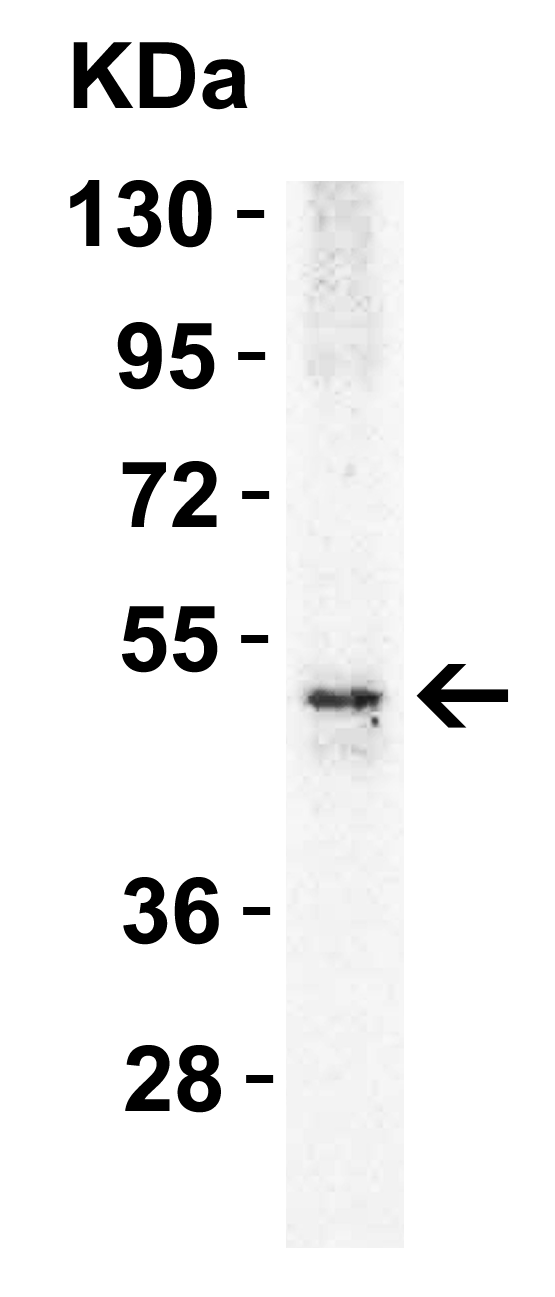



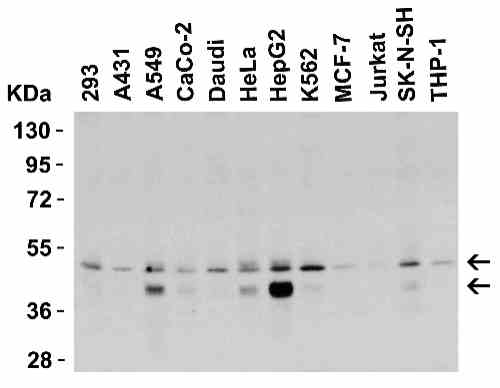
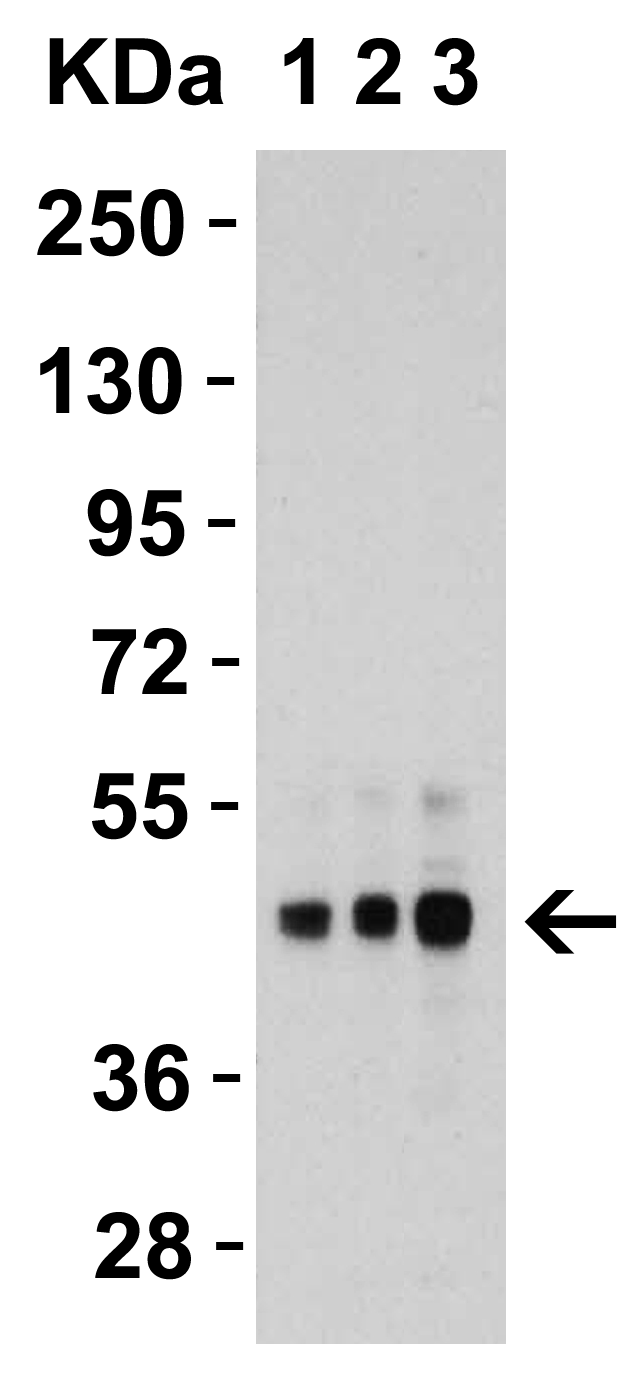

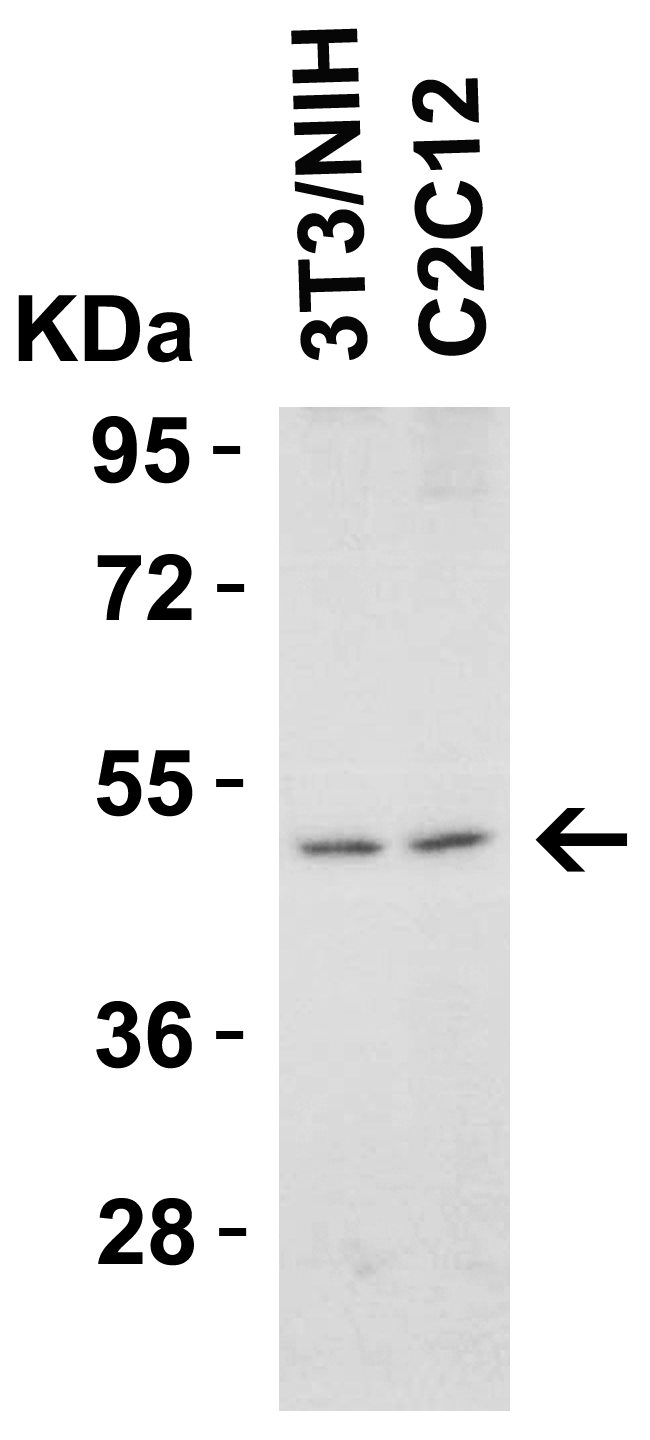
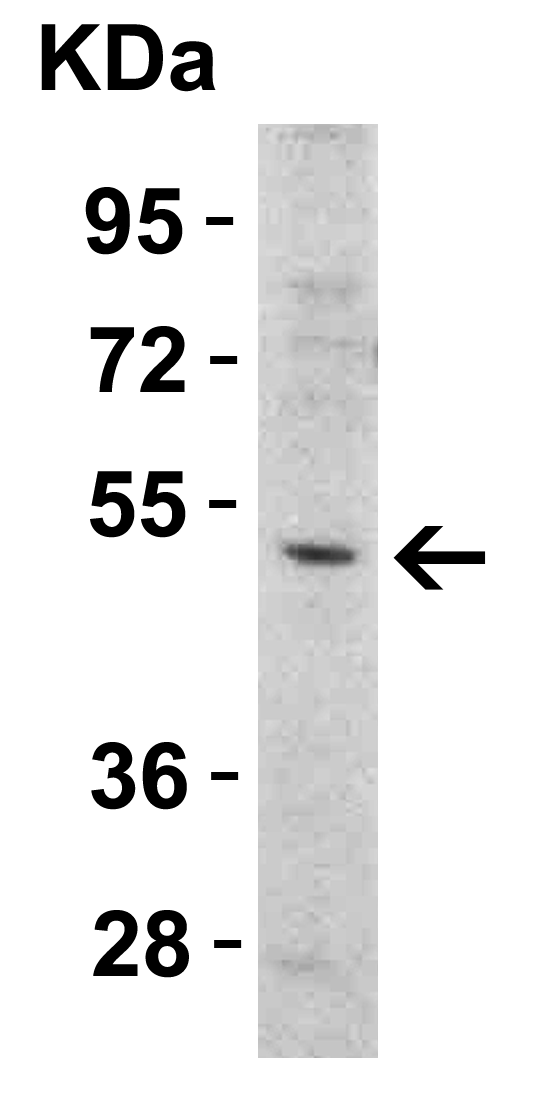
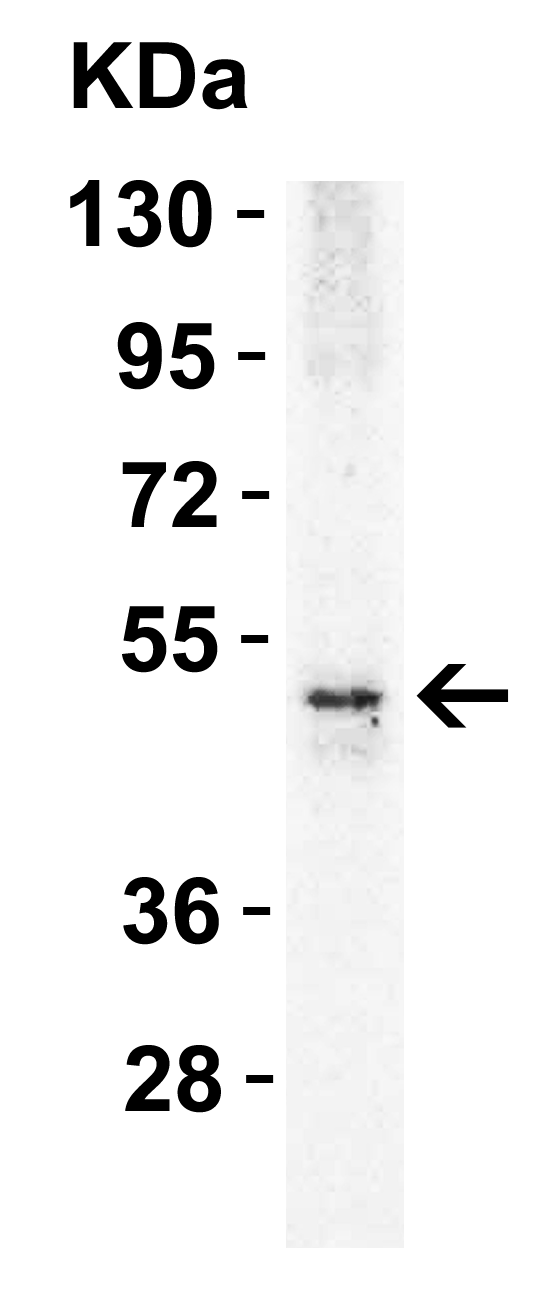
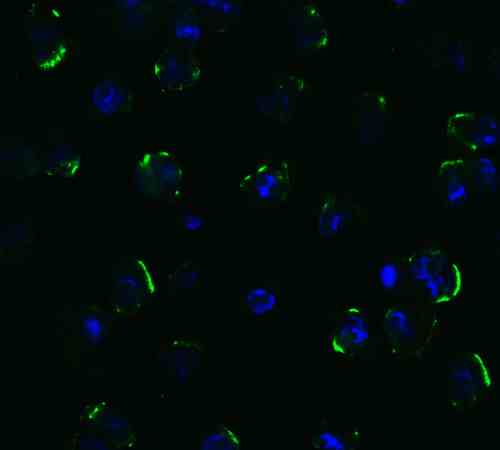

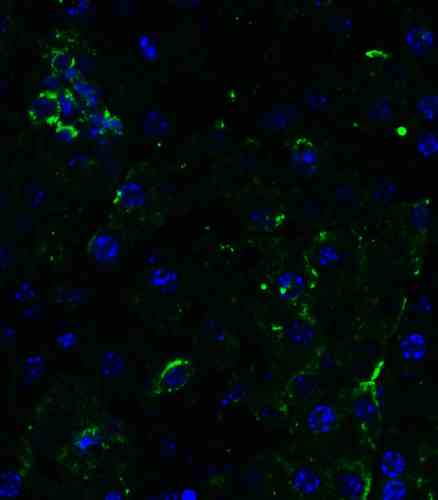

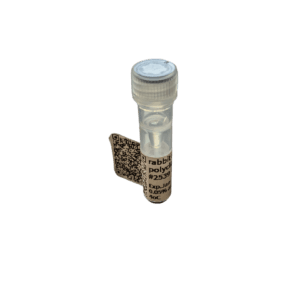



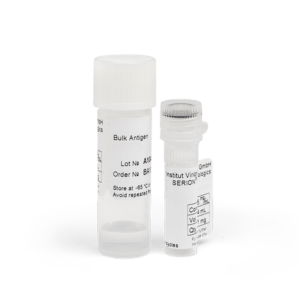
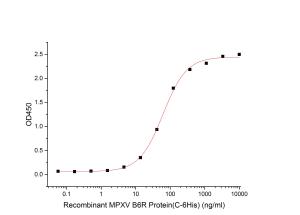
Reviews
There are no reviews yet.